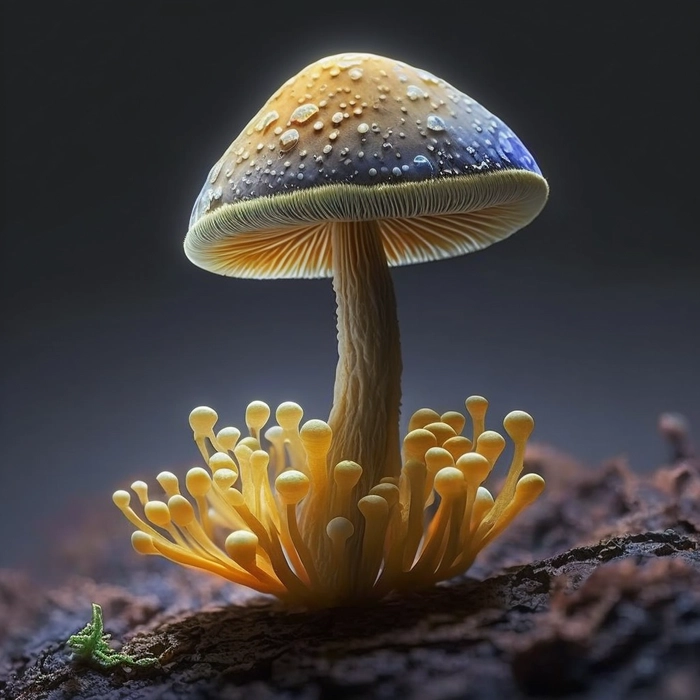Mushroom Genetics: Exploring the Intricacies of Fungal DNA and Evolution
Mushrooms, as part of the fungal kingdom, possess a fascinating genetic makeup that contributes to their diverse forms, functions, and evolutionary trajectories. Let's delve into the intricacies of fungal DNA and evolution.
Genetic Diversity and Structure:
1. Genome Size and Complexity: Fungal genomes vary widely in size and complexity, ranging from a few megabases to hundreds of megabases. For instance, the genome of the common mushroom *Agaricus bisporus* is around 30-35 megabases long, while some species of *Armillaria* have genomes exceeding 200 megabases.
2. Gene Content: Fungal genomes contain a diverse array of genes responsible for various functions such as metabolism, growth, reproduction, and response to environmental stimuli. Gene duplication, horizontal gene transfer, and gene loss contribute to the dynamic nature of fungal gene content.
3. Repetitive Elements: Like other eukaryotes, fungal genomes harbor repetitive DNA sequences, including transposable elements and tandem repeats. These elements can play roles in genome evolution, regulation of gene expression, and genomic stability.
Evolutionary Processes:
1. Hybridization and Polyploidy: Hybridization events between different fungal species can lead to the formation of new species with hybrid genomes. Additionally, polyploidy, where organisms possess multiple sets of chromosomes, is relatively common in fungi and can contribute to genetic diversity and adaptation.
2. Adaptive Evolution: Fungi exhibit adaptive evolution in response to environmental changes, such as shifts in climate, host availability, or exposure to toxins. This can involve the acquisition of beneficial mutations or the selection of existing genetic variants within populations.
3. Symbiotic Relationships: Many fungi form symbiotic relationships with other organisms, such as plants (mycorrhizal fungi) or algae (lichens). These interactions can drive co-evolutionary processes, shaping the genetic makeup of both partners over time.
4. Horizontal Gene Transfer: Fungi are capable of acquiring genetic material from other organisms through horizontal gene transfer, particularly from bacteria and other fungi. This process can introduce novel genes into fungal genomes, potentially conferring new functions or adaptations.
Applications and Future Directions:
1. Biotechnology: Understanding fungal genetics is crucial for various biotechnological applications, including the production of pharmaceuticals, enzymes, and biofuels, as well as the development of novel agricultural practices.
2. Conservation: Studying the genetic diversity and evolutionary relationships of fungi is essential for conservation efforts aimed at protecting endangered species and ecosystems, particularly those threatened by habitat loss, pollution, or climate change.
3. Drug Discovery: Fungi are a rich source of bioactive compounds with potential pharmaceutical applications. Exploring their genetic diversity and metabolic pathways can lead to the discovery of new drugs for treating various diseases.
In conclusion, the study of mushroom genetics offers insights into the complex interplay between genetic mechanisms, evolutionary processes, and ecological interactions in the fungal kingdom. Continued research in this field holds promise for addressing fundamental biological questions and addressing real-world challenges in areas such as agriculture, medicine, and environmental conservation.

Comments
Post a Comment